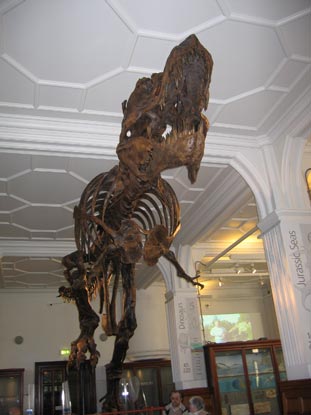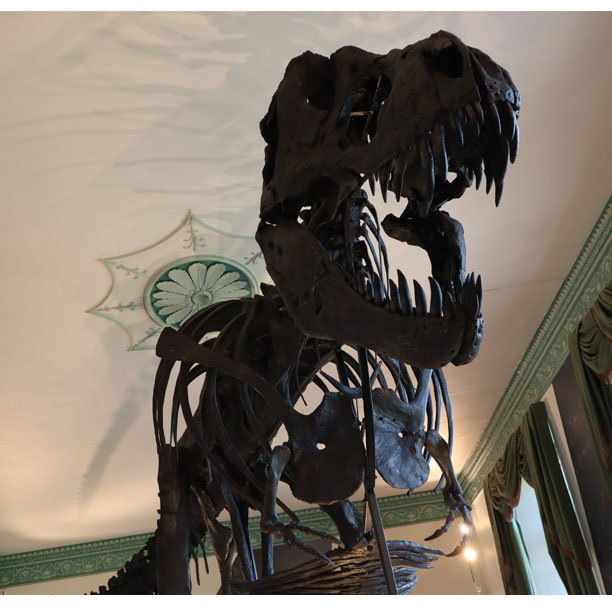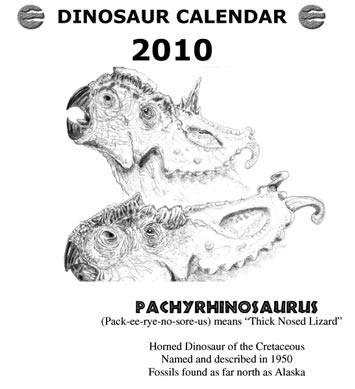Endothermic or Ectothermic or Somewhere in-between New Research adds to the Debate
The controversial area of vertebrate palaeontology exploring the theory of warm-blooded dinosaurs hots up once again.
The hotly debated (no pun intended), issue of whether dinosaurs were warm-blooded (endothermic) or cold-blooded (ectothermic) continues to attract research and a new paper has been published from a team of U.S. based researchers this week that adds to the amount of data available on this controversial subject.
Warm-blooded dinosaurs?
The debate over the metabolism of dinosaurs has raged for over a hundred years, many scientists in the 19th and early 20th centuries believed that dinosaurs were cold-blooded, that is; they controlled their internal body temperatures by their behaviour. Basking in the sun to warm up and seeking shade when they needed to cool down. This sort of behaviour could be seen in extant species such as lizards and snakes, (reptiles that are around today). A number of researchers kept lizards and other small reptiles in glass laboratory tanks, altering the temperature of the environment and then monitoring how active or inactive the creatures were. From their observations, they concluded that cold-blooded reptiles were sluggish when it was cooler and their activity was highly dependent on the surrounding temperature. It was from studies such as these that the impression of slow, ponderous sluggish dinosaurs came about.
Was Tyrannosaurus rex Warm-Blooded?

The debate over warm-blooded dinosaurs hots up after a new scientific paper exploring endothermy within the Dinosauria is published. Picture credit: Everything Dinosaur.
Picture credit: Everything Dinosaur
Whether an animal is ectothermic (cold-blooded) or endothermic (warm-blooded) is very important as depending on what sort of metabolism an animal has will influence behaviour, activity and even potential intelligence.
So why all the fuss over cold or warm-blooded dinosaurs?
The chemical reactions that take place in an animal’s body work best at set temperatures and if these fluctuate then the body will cease to function efficiently. Cold-blooded animals like amphibians, snakes and lizards rely on external factors such as sun or outside air temperature to warm their bodies. When they get too hot they seek shade or shelter. Warm-blooded animals on the other hand, convert the food they eat into energy to help keep them warm and to maintain the correct body temperature. When warm-blooded animals get too hot, they have to cool down and various adaptations for cooling down can be seen in mammals today (endothermic creatures). For example, we humans sweat, dogs pant and elephants wallow in mud or flap their ears to cool the blood that flows through them.
If dinosaurs were warm-blooded then creatures such as Tyrannosaurus rex would have been athletic, active animals with high metabolic rates that would have permitted them to survive in all sorts of climates, even cold, harsh ones at high latitudes such as polar environments. Palaeontologists, have found dinosaur fossils in Antarctica and at high latitudes in the Northern Hemisphere. Now although these parts of the world were not the frozen wastelands of today, they were much warmer in the Mesozoic, dinosaurs would still have had to endure months without daylight and freezing temperatures below 0 degrees Celsius.
This new study from scientists at the University of Washington, St Louis appears to confirm that many types of dinosaur were endothermic, or warm-blooded just like mammals or birds.
Dr Herman Pontzer and his colleagues analysed the leg bones of extinct species as well as living animals and calculated the amount of energy required to move about. In recent research, this team had demonstrated that the energy required to move about, to walk, trot and run was strongly associated with leg length. The height of the hips above the ground, as well as determining stride pattern and stride length, could be used to predict the observed energy cost of locomotion with a 98% accuracy for a wide range of terrestrial animals.
Dr Pontzer’s team applied this concept to an analysis of fossilised dinosaur leg bones, calculating the actual volume of leg muscle dinosaurs would have needed to move about efficiently. In total, fourteen different species of bipedal prehistoric animal or dinosaur were studied. Animals studied in the research include the early dinosaur Heterodontosaurus, the first bird in the fossil record Archaeopteryx, as well as Triassic saurischian dinosaurs such as Plateosaurus. Theropods made up the bulk of the extinct animals studied, dinosaurs such as Allosaurus, T. rex, Microraptor and Velociraptor. The reason why mainly bipedal animals were chosen for this particular study is quite simple; there was less need to make assumptions over weight distribution between bipedal animals as compared to animals which had a four-footed stance.
The findings indicate that these extinct animals had an endothermic metabolism. That these dinosaurs were warm-blooded, they required too much energy to move about efficiently and that ectothermic bodies could not supply this energy in enough quantities. This research has been published in the on line scientific journal PLoS One (Public Library of Science).
The team commented:
“These results strongly suggest endothermy for larger bipedal dinosaurs, because other explanations require physiological adaptations or locomotor limitations unseen in living terrestrial vertebrates.”
The research team have indicated that the characteristic of warm-bloodedness evolved very early in the age of reptiles and perhaps this type of metabolism existed in the common ancestor to the dinosaurs and pterosaurs. The scientists concluded that having an endothermic metabolism and a subsequently high metabolic rate would have contributed to the evolutionary success of the Dinosauria.
Endothermic Dinosaurs
However, not all dinosaurs may have been endothermic, indeed the cold-blooded v warm-blooded dinosaur debate is likely to continue. For example, Dr Tom Rich of the Museum of Victoria, a palaeontologist famous for excavating dinosaurs at locations such as the famous dinosaur cove and at East Gippsland has commented on these research findings. Dr Rich and his colleagues are famous for researching into a polar-like paleogeographic environment. The site of their dinosaur excavations, in the Australian state of Victoria, during the Early Cretaceous would have been much further south, at approximately 75 degrees south. Dinosaurs such as Leaellynausaura and Atlascopcosaurus would have inhabited a polar forest environment putting up with freezing temperatures and prolonged periods without sunlight. It has been argued that only endothermic dinosaurs could have survived in these conditions. It is not known whether these dinosaurs were permanent residents or Summer migrants to the area.
Dr Rich has commented on this new research published in PLoS One, arguing that not all dinosaurs may have been warm-blooded. The large sauropods would have faced a number of problems maintaining a constant body temperature, and no remains of sauropod-like dinosaurs have been found in polar paleogeographical environments, as far as team members at Everything Dinosaur can recall. It has been suggested that sauropods such as Diplodocus and the titanosaurs may have been cold-blooded or possibly somewhere in-between an ectothermic and truly endothermic metabolism.
Visit Everything Dinosaur’s award-winning website: Visit Everything Dinosaur.











